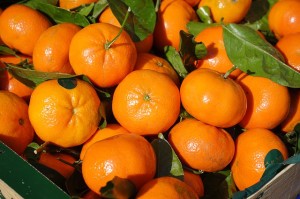Citrus exports (especially clementines) from Morocco to the EU are growing. Right now, when the international market is most alert due to the Russian ban on European imports of horticultural products (which can affect the coming campaign), the North African country has increased its citrus shipments to Europe by 32%. The Moroccan export of clementines, the most produced and exported by Castellón, has actually increased by 45% from January to July this year.
The increase is similar in terms of tonnage (75,179 tonnes shipped) and value (which has increased to 64.6 million Euro). This entails that the import price remains stable. But in these figures we also see that Morocco fails to fill the quota of 135,000 tonnes established by the protocol signed with the EU just two years ago.
Although this year it could come close to the limit (with the current growth it would surpass 107,000 tonnes), Castellon’s citrus sector doesn’t perceive Morocco as a threat. The secretary general of the Union of Exporters (Asociex), Enrique Ribes, stresses that, although Morocco “could negatively affect the market at some point,” like the United States, “globally Spain has no match,” as last year it sold oranges and clementines to the EU worth 1,130 million Euro, compared to Morocco’s 67 million.
The technical secretary of Fepac-Asaja, Doménec Nácher, also notes that “Morocco cannot compete with Spain” and points to the fact that the North African country is still far from Spain’s export figures, which annually ships “1.4 million tonnes of citrus within the EU. Israel, which sells 60,000 tonnes, is naturally also not a threat,” he says.
According to Nácher, when it comes to the international sale of clementines between mid-December and March, Castellon controls “90% of the market.”
Source: elperiodicomediterraneo.com








